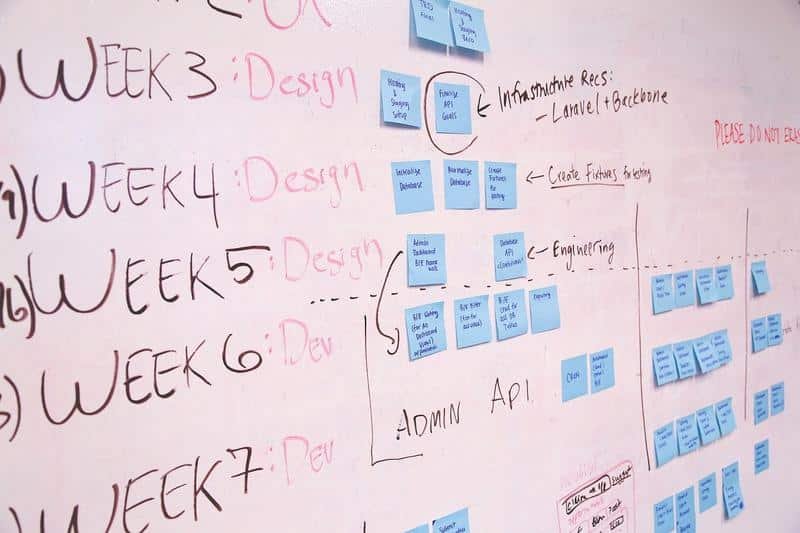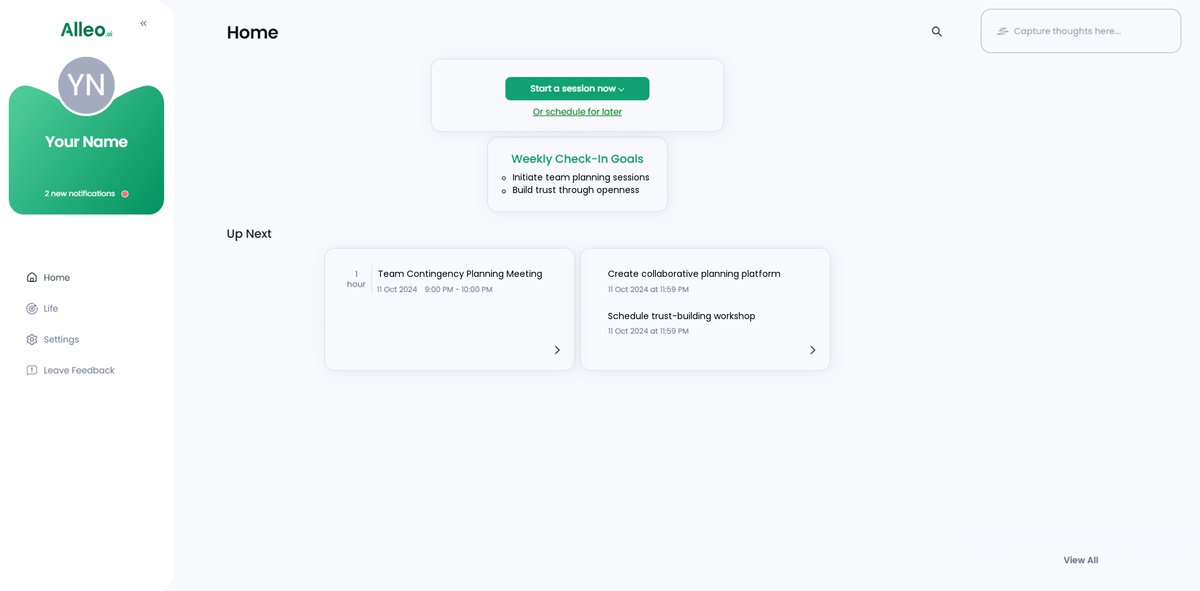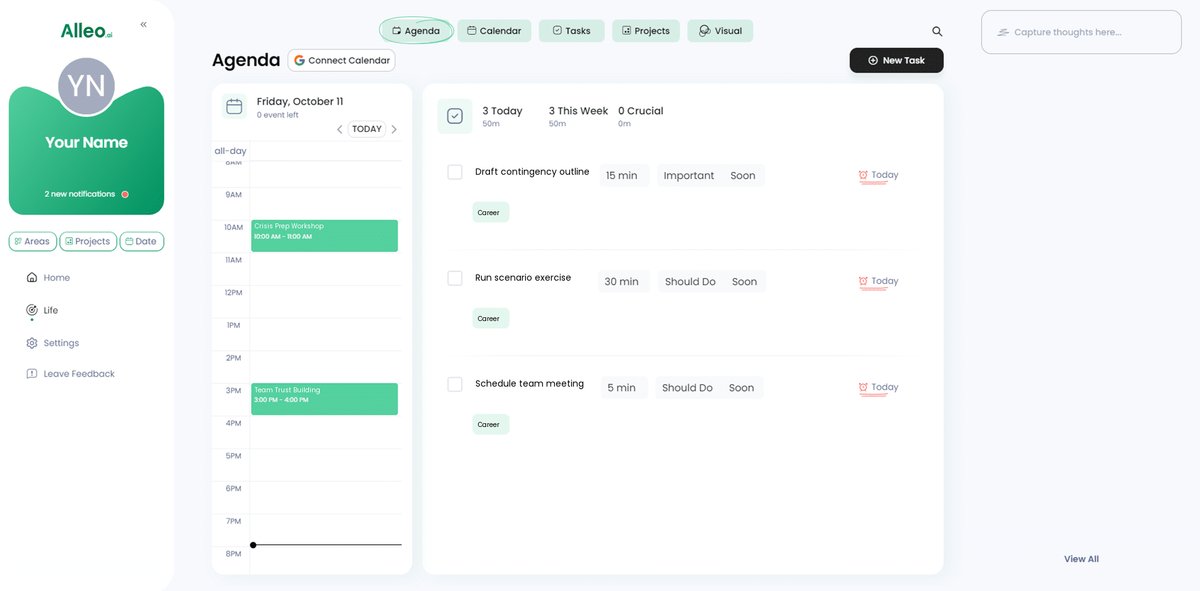How to Create Effective Contingency Plans While Building Team Trust
Imagine planning a major event with your team, only to face an unexpected crisis. How prepared is your team, and do they trust the contingency plans in place? Building trust in contingency planning is crucial for effective crisis management.
As a life coach, I’ve helped many professionals navigate these challenges. I often encounter the delicate balance between preparedness and fostering trust through transparent contingency development.
In this article, you’ll learn how to create effective contingency planning strategies without fostering mistrust. We’ll cover involving your team transparently, emphasizing proactive problem-solving techniques, and using scenario-based exercises for crisis response training.
Let’s dive into building trust in contingency planning and fostering resilience in workplace culture.

Understanding the Unique Challenges
Event planners face a constant balancing act when building trust in contingency planning. On one hand, they need to ensure comprehensive contingency plans are in place. On the other, these plans can sometimes create a sense of paranoia if not handled correctly.
Many clients initially struggle with this balance. They worry that discussing potential crises too openly might cause unease, which can impact team communication in crisis management.
Yet, secrecy can lead to mistrust and make the team feel left out of crucial decisions, undermining efforts in building trust through preparedness.
In my experience, people often find that mistrust undermines team cohesion. An overbearing approach to contingency planning can make team members feel micromanaged, especially when it comes to risk assessment for team projects.
This is especially true if they perceive the plans as secretive or overly complex, highlighting the importance of employee involvement in backup plans.
Ultimately, it’s a delicate dance. You need to prepare your team without making them feel paranoid, focusing on transparent contingency development.
Trust and transparency are key to achieving this balance and fostering resilience in workplace culture.

Core Strategies for Effective Contingency Planning
Overcoming this challenge requires a few key steps. Here are the main areas to focus on to make progress in building trust in contingency planning:
- Involve team in plan creation transparently: Engage your team openly in planning sessions and discussions, fostering employee involvement in backup plans.
- Emphasize proactive preparedness, not mistrust: Foster a culture of readiness and problem-solving, balancing caution and confidence in contingency planning strategies.
- Use scenario-based exercises for team bonding: Implement regular exercises to build trust and cohesion, enhancing team communication in crisis management.
Let’s dive into these contingency planning strategies!
1: Involve team in plan creation transparently
Involving your team openly in the creation of contingency plans is crucial for building trust in contingency planning and ensuring their buy-in.
Actionable Steps:
- Host regular team meetings: Schedule monthly or bi-monthly meetings dedicated to discussing and developing contingency planning strategies. Encourage team members to share their concerns and suggestions openly, fostering team communication in crisis management.
- Create a collaborative platform: Use tools like shared documents or project management software to draft and update plans. Assign specific roles and responsibilities to team members, ensuring employee involvement in backup plans.
- Provide training on transparency and trust-building: Organize workshops or training sessions focused on transparent contingency development and trust-building strategies. Measure effectiveness through feedback surveys and adjust methods accordingly, promoting building trust through preparedness.
Key benefits of transparent team involvement:
- Enhances trust and accountability
- Leverages diverse perspectives and expertise
- Increases overall plan effectiveness
Explanation: These steps foster a culture of transparency and inclusivity, which is vital for effective contingency planning. By involving your team in the planning process, you ensure they feel valued and trusted, contributing to risk assessment for team projects.
This approach aligns with current industry trends emphasizing collaboration and proactive problem-solving techniques. For more on trust-building strategies, visit this resource.
Implementing these strategies can make a significant difference in how your team perceives and engages with contingency plans, balancing caution and confidence while fostering resilience in workplace culture.

2: Emphasize proactive preparedness, not mistrust
Emphasizing proactive preparedness helps your team feel ready without fostering mistrust, a key aspect of building trust in contingency planning.
Actionable Steps:
- Develop a culture of proactive problem-solving: Encourage your team to anticipate potential issues and suggest solutions. Recognize and reward proactive thinking publicly, fostering resilience in workplace culture.
- Communicate the benefits of contingency plans: Explain clearly how these plans protect the team and ensure event success. Use real-life examples or past experiences to illustrate their importance, enhancing team communication in crisis management.
- Regularly review and update plans with team input: Schedule quarterly reviews of contingency planning strategies. Involve your team in evaluating and refining these plans, fostering ownership and trust through employee involvement in backup plans.
Explanation: These steps matter because they build a culture of readiness and cooperation. By openly discussing the benefits and involving your team, you create a sense of shared purpose, balancing caution and confidence.
This approach aligns with current trends in crisis management, such as those highlighted in this resource. Implementing these strategies ensures your team feels equipped and valued, building trust through preparedness.
This proactive approach not only prepares your team but also strengthens their trust in the process of transparent contingency development.

3: Use scenario-based exercises for team bonding
Using scenario-based exercises promotes team bonding and prepares your team for real-life crises, which is crucial for building trust in contingency planning.
Actionable Steps:
- Organize regular scenario-based training sessions: Schedule bi-annual exercises to simulate potential crises. Hold a debrief after each session to assess strengths and areas for improvement in crisis response training for teams.
- Encourage team-building activities centered around problem-solving: Plan activities that focus on collaborative problem-solving and crisis management. Measure the impact on team communication in crisis management through follow-up surveys.
- Integrate scenario-based exercises into regular team development: Incorporate smaller, scenario-based challenges into regular meetings or training sessions. Track progress and adjust exercises based on team feedback, fostering resilience in workplace culture.
Essential elements of effective scenario-based exercises:
- Realistic and relevant scenarios for risk assessment for team projects
- Clear roles and responsibilities for employee involvement in backup plans
- Structured debriefing and learning to enhance transparent contingency development
Explanation: These steps matter because they build trust and readiness within your team. Regular scenario-based exercises ensure that team members are not only prepared but also bonded through shared experiences, balancing caution and confidence in contingency planning strategies.
This approach aligns with current trends in crisis management, such as those highlighted in this resource. Implementing these strategies can significantly enhance team cohesion and preparedness.
These exercises will help your team face any challenge with confidence and trust, building trust through preparedness and proactive problem-solving techniques.

Partner with Alleo for Seamless Contingency Planning
We’ve explored creating contingency plans without fostering mistrust in teams. But did you know you can work directly with Alleo to make building trust in contingency planning easier and smoother?
Setting up an account with Alleo is simple. Start by creating a personalized plan tailored to your team’s needs, focusing on transparent contingency development and proactive problem-solving techniques.
Alleo’s AI coach provides affordable, tailored coaching support for contingency planning strategies, just like any human coach. Plus, there’s a free 14-day trial that requires no credit card.
Alleo will help you schedule and organize regular team meetings and crisis response training for teams. It offers tools for collaborative plan development and provides personalized advice on transparency and trust-building through preparedness.
You’ll also get support for scenario-based exercises and tracking team progress in risk assessment for team projects.
The AI coach follows up on your progress, handles changes, and keeps you accountable via text and push notifications, fostering resilience in workplace culture.
Ready to get started for free and enhance your team communication in crisis management? Let me show you how!
Step 1: Log in or Create Your Account
To begin your journey with Alleo’s AI coach for effective contingency planning, Log in to your account or create a new one to access personalized coaching support and collaborative tools.

Step 2: Choose “Building better habits and routines”
Click on “Building better habits and routines” to develop consistent practices that will strengthen your team’s ability to handle contingencies effectively, fostering trust and preparedness without creating paranoia.

Step 3: Select “Career” as Your Focus Area
Choose “Career” as your focus area to address event planning challenges, improve team dynamics, and develop effective contingency plans that boost trust and preparedness in your professional life.

Step 4: Starting a coaching session
Begin your journey with Alleo by scheduling an initial intake session to establish your personalized contingency planning strategy and set clear goals for your team’s development.

Step 5: Viewing and Managing Goals After the Session
After your coaching session, check the Alleo app’s home page to view and manage the contingency planning goals you discussed, allowing you to track progress and make adjustments as needed.

Step 6: Adding events to your calendar or app
Use Alleo’s calendar and task features to schedule and track your team meetings, training sessions, and scenario-based exercises, allowing you to monitor your progress in implementing effective contingency plans without fostering mistrust.

Bringing It All Together
We’ve explored how to create contingency plans without fostering mistrust in your team. By involving your team transparently in building trust in contingency planning, emphasizing proactive preparedness, and using scenario-based exercises for crisis response training, you can build trust and readiness.
Remember, trust and transparency are key. Your team needs to feel involved and valued through transparent contingency development and employee involvement in backup plans.
You can start making these changes today to foster resilience in workplace culture. With Alleo’s help in implementing contingency planning strategies, the process becomes even easier.
Try Alleo for free and see how it can support your team’s growth in balancing caution and confidence.
Let’s face challenges with confidence and trust through building trust in contingency planning. You’ve got this!